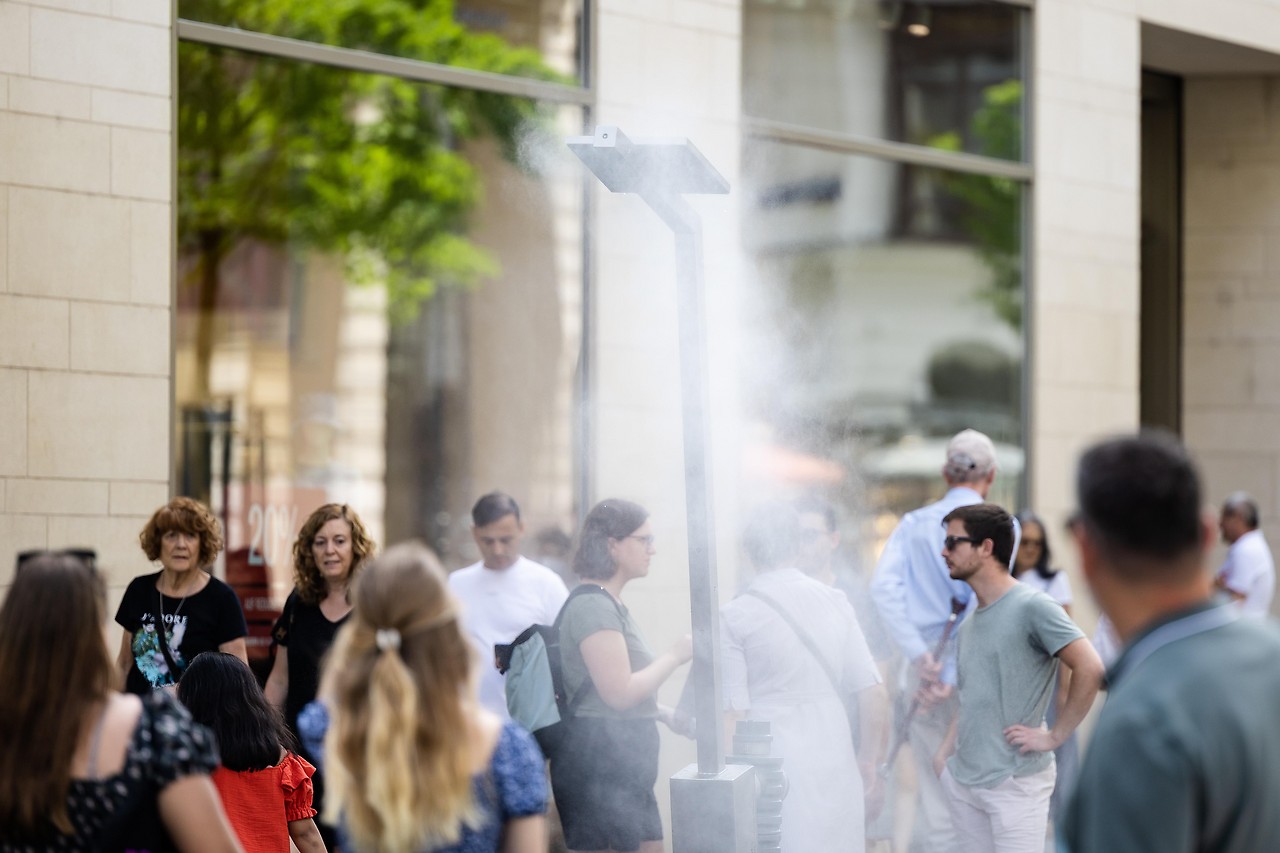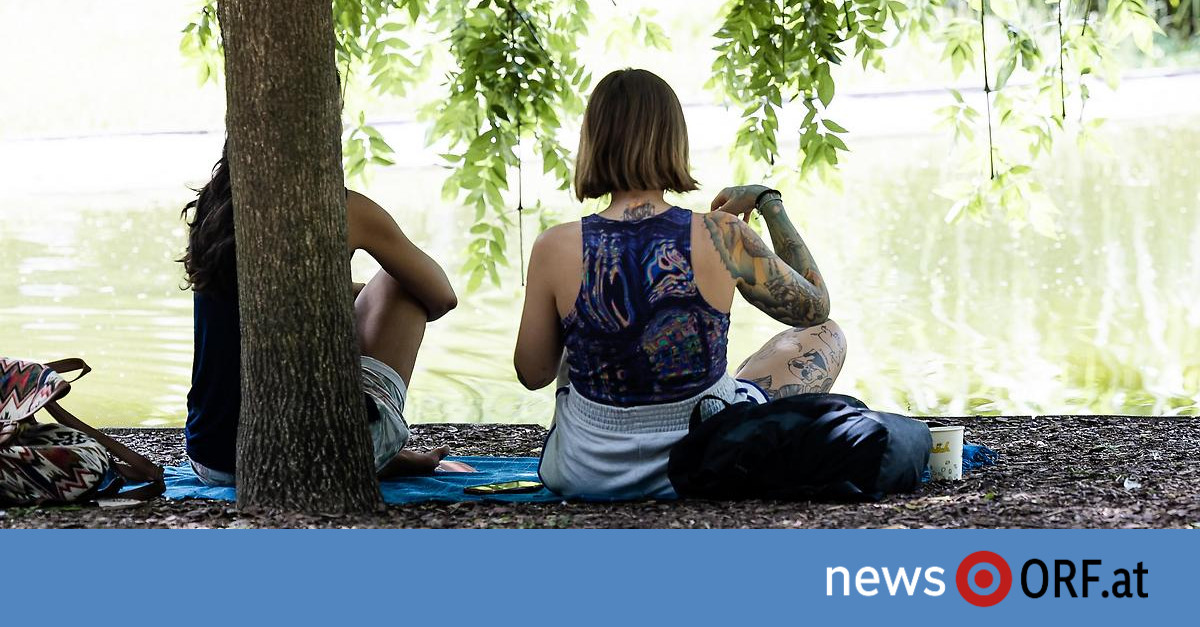August began unusually cold, and the first third of the month was the coldest in Austria since 2006. There were also record rains and floods in Carinthia and southern Styria, and there was snowfall on the mountains in the Alps, which by this time had become a rarity. Many people thought that summer in Austria was already over.
Bathing lakes also suffered from the weather, with many water temperatures dropping below the comfortable 20-degree limit. Traunsee (Upper Austria) only had 16 degrees in between. After a cold night at the beginning of the month, sea smoke can be seen at Lake Prager See (Carinthia), a typical autumn-only phenomenon as the fog rises. But the tide has turned.

Ten degrees above average
Austria has been experiencing a heat wave for a week now, and it will be the longest this summer. In some places, it may be one of the longest on record. In Innsbruck, Saturday was the ninth consecutive day with temperatures above 30 degrees, with at least five more hot days. The record is 14 hot days in a row.
Severe weather
Although individual extreme events cannot be directly traced to a specific cause, according to the Intergovernmental Panel on Climate Change, it is clear that extreme weather events such as floods, storms, and heat are becoming more frequent and intense as a result of the climate crisis. That means rain and storms are getting heavier, heat waves are getting hotter and droughts are getting drier.
The temperature is even increasing now. With strong subtropical air reaching the Alps from the Iberian Peninsula. Temperatures in Austria in the coming days will reach 36 degrees Celsius, thus about ten degrees higher than the average values for the season. The record for the second half of August is 35.6 degrees in Innsbruck and 37.0 degrees in the Hohe Warte in Vienna.
It gets much hotter than it is in this country from Portugal to Spain and France to Italy, for example in the Po Valley it is possible to reach 40 degrees. Heat warnings are currently in effect in 28 departments of France, and temperatures in excess of 40 degrees are expected on several consecutive days in the Rhone Valley.

burden on the body
For Austria, GeoSphere Austria declared the second highest level of heat warning for the coming days. In addition to the very high temperatures, there is usually clear sunshine, with little wind, and because the air is humid, it is also humid.
Therefore, weather conditions are a burden on the body, not only for the elderly, the sick and young children. Heart and circulatory problems occur more frequently during heatwaves than usual. With great physical exertion, there is also a risk of heatstroke. In general, the ability to focus also decreases when it is hot.
If you can, a lunch break is recommended to avoid the hot time as much as possible. In order to keep temperatures in the house or apartment as low as possible, the room should be ventilated at night or early in the morning and curtains, blinds, and drapes should remain closed during the day.
Hot days and mild nights
A good night’s sleep is a prerequisite for surviving the heat during the day. But the nights also get uncomfortable. Tropical nights are imminent, and not just in typical lowland population centers like Vienna, Graz and Linz. Even in the hills and in some large alpine valleys such as the Rhine Valley, it is no longer cold below 20 degrees at night.
There have already been many tropical nights this summer. Meteorologists counted 14 tropical nights at the Hohe Warte in Vienna, and the long-term average is not even half that record of 23 tropical nights from summer 2015.
It is not entirely clear how long the heat wave will last. It will still be hot across Austria through Thursday and next weekend the heat will slowly die out from the west with some severe thunderstorms.

Zero degree limit at 5000 metres
Vacationers in Austria can look forward to a few more days of stable weather, perfect for swimming and mountaineering. The cold water gets warmer from day to day, and the heat wave doesn’t stop at the mountains either. At an altitude of 2,000 metres, the Met Office predicts an ORF of more than 20 degrees.
Even at 3,106-meter Sunblick at Hohe Tauern, as high as 13 degrees was declared, not far from August’s high of 14.3 degrees. The zero degree limit is the furthest of all peaks, even temporarily rising to 5,000 meters. This increases the risk of falling rocks in the high Alpine peaks.
For glaciers, a heat wave is like a major meltdown. The glaciers are empty, and the protective snow from the beginning of August is long gone. Dark ice absorbs sunlight, and about ten centimeters of ice melt every day.

“Food practitioner. Bacon guru. Infuriatingly humble zombie enthusiast. Total student.”








More Stories
Kyiv: Russian Kursk offensive halted
US Presidential Election: Former US Government Officials Warn Against Donald Trump's Election
Netherlands wants to leave asylum system